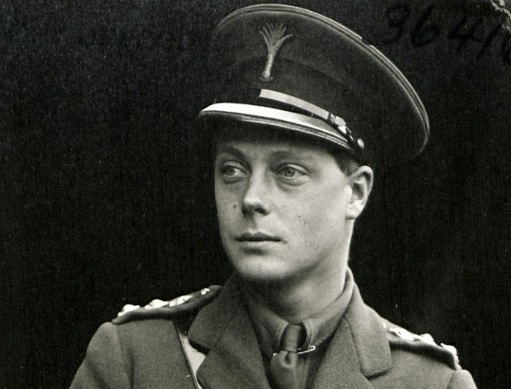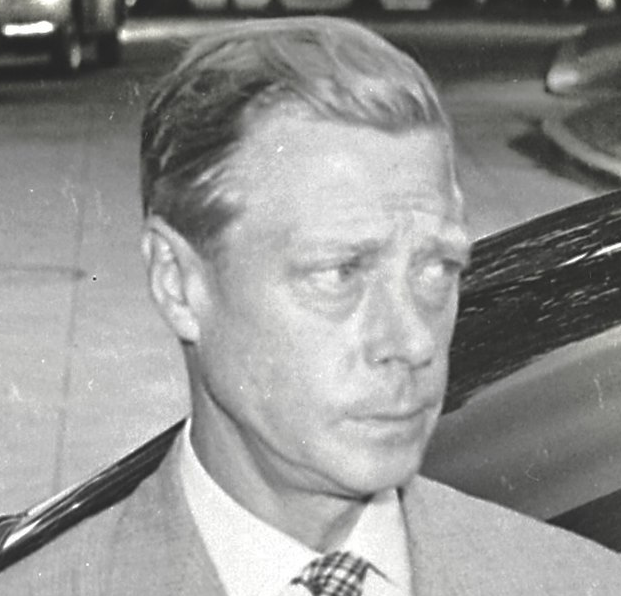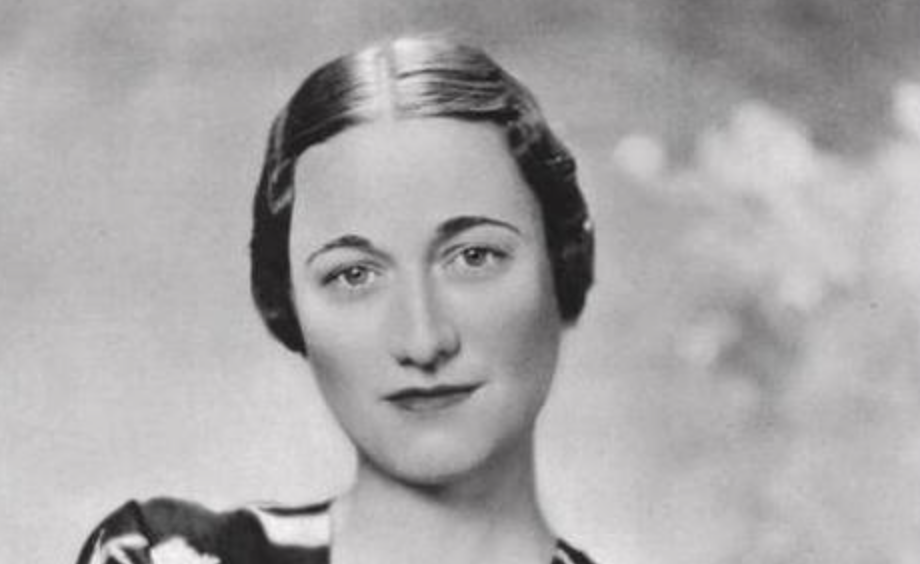
He is forever the king who gave up a throne for love but Edward VIII actually had many titles during his lifetime. By a curious twist of fate and royal tradition, the man who was born as Edward Albert Christian George Andrew Patrick David became known by many names —each a chapter in a story as dramatic as any in British history. Though his reign as Edward VIII was brief, his life was marked by a series of formal titles, stylings, and affectionate sobriquets that revealed much about his changing fortunes, relationships, and public persona.
Seven names for Edward VIII
Born on 23 June 1894 at White Lodge, Richmond Park, the eldest son of the future King George V and Queen Mary, the young prince was christened with seven names, each chosen to reflect the deep wells of dynastic, religious, and familial heritage. “Edward” honoured his great-grandfather Prince Albert Edward, later King Edward VII; “Albert” was the name of Queen Victoria’s beloved consort; and Christian honoured another famous king from whom he was descended, Christian IX of Denmark.
His name then took a patriotic turn as his parents added the names of the four saints of England, Wales, Scotland and Ireland. They placed the name of the Welsh saint last – perhaps a nod to the role they knew their baby boy was destined to take on, Prince of Wales. Or, it may just have been their favourite name,.

To his family and close friends, however, the prince was simply “David”—the last of his given names, a choice that endured privately even as his public roles expanded. As the great-grandson of a reigning monarch, he was initially styled “His Highness Prince Edward of York.” With the death of Queen Victoria and the accession of King Edward VII in 1901, his father became the Prince of Wales, and young Edward’s title shifted to “Prince Edward of Cornwall and York.”
Upon the death of Edward VII in 1910, and his father’s subsequent ascension as George V, Edward was created “Prince of Wales” on 23 June 1910, his sixteenth birthday. The title, traditionally granted to the eldest son of the Monarch, made him “His Royal Highness The Prince of Wale. The investiture at Caernarfon Castle in 1911 was a spectacle of Edwardian pomp and a symbolic nod to Welsh nationalism.
The years that followed saw Edward become a popular figure both at home and abroad. Dashing and modern in appearance, he was affectionately known in the press as “The People’s Prince” and by society wits as “Prince Charming.” He gained further admiration with his frequent tours across the Empire, during which he was often styled with colonial honorifics and welcomed as “His Royal Highness The Prince of Wales” in Canada, India, Australia, and beyond.
King, emperor – and exile
Then came the great rupture. On 20 January 1936, with the death of George V, he ascended the throne as “King Edward VIII.” His formal style became “His Majesty The King, by the Grace of God, of Great Britain, Ireland and the British Dominions beyond the Seas, King, Defender of the Faith, Emperor of India.” But less than a year later, his desire to marry the American divorcée Wallis Simpson led to his abdication.
Upon abdication, a huge row erupted about his title and in the end it was his brother, now King George VI, who created him “Duke of Windsor” by Letters Patent on 8 March 1937. From then on, he was known as “His Royal Highness The Duke of Windsor.” Yet the style was not without contention: the new king denied Wallis the right to share her husband’s royal style, a decision that embittered relations within the royal family for years.

(Public domain via Wikimedia Commons)
Exiled in continental Europe, the Duke of Windsor retained his HRH styling and title until his death in 1972. Yet to the world, his many names—Edward, David, the Prince of Wales, the King Who Abdicated—have come to symbolise the contradictions of monarchy: duty and desire, tradition and modernity, majesty and mortality.
His titles chart a life of privilege and peril, a man shaped by history yet unwilling to be confined by it. In name, he was many; in legacy, he remains singular.

